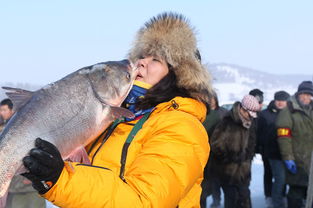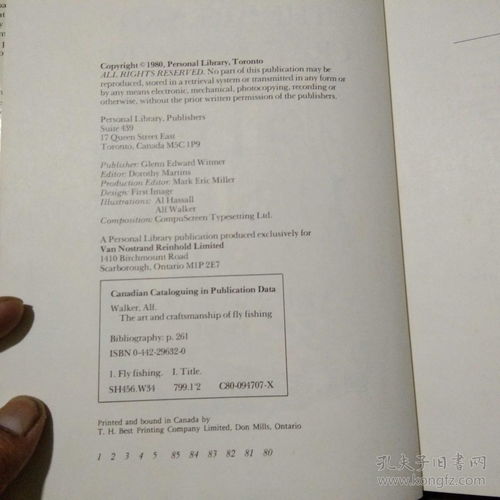Content:
Winter can be a challenging season for anglers, with colder temperatures and harsher weather conditions making it difficult to enjoy the outdoors. However, with the right equipment and techniques, you can still enjoy the thrill of catching fish during the coldest months of the year. One popular method for winter fishing is using a rod and reel to fish for pike. Here are some tips and techniques to help you master winter pike fishing.
Choose the Right Equipment
The first step to successful winter pike fishing is to ensure you have the right equipment. Here are some essential items you'll need:
- A sturdy, heavy-duty rod designed for pike fishing. A 7- to 8-foot rod with a fast-action tip is ideal.
- A reel with a good drag system to handle the fight of a strong pike.
- Strong, sharp hooks, typically ranging from 1/0 to 3/0.
- Line that matches the strength of your rod and reel, usually ranging from 10 to 20 pounds.
- Lures that mimic the natural prey of pike, such as minnows, shad, or other fish.
Select the Right Location
Finding the right location is crucial for winter pike fishing. Pike tend to congregate in deeper waters during the colder months, so look for areas with a mix of deep and shallow waters. Here are some good spots to consider:
- Deep holes or drop-offs in rivers and lakes.
- Weeds or logs near the shore, which can provide cover for pike.
- Areas with a lot of structure, such as rock piles or submerged trees.
Use Live Bait or Lures
Winter pike are more likely to bite on live bait or lures that mimic their natural prey. Here are some options to consider:
- Live minnows: These are a favorite among pike and can be purchased at most tackle shops.
- Artificial lures: Soft plastics, spinnerbaits, and jigs can be effective, especially when worked slowly and with a steady retrieve.
- Dead bait: Some anglers prefer to use dead minnows or other fish as bait, which can be a more sustainable option.
Adjust Your Technique

Fishing for pike in the winter requires a different approach than during warmer months. Here are some tips to help you adjust your technique:
- Fish slowly: Pike are less active during the winter, so it's essential to work your bait or lure slowly and with a steady retrieve.
- Be patient: It may take longer to get a bite, so be patient and stay focused on your rod.
- Vary your approach: Experiment with different depths, retrieves, and lure presentations to see what works best.
- Use a float: A float can help you present your bait or lure at the right depth and make it easier to detect bites.
Stay Warm and Comfortable
Winter pike fishing can be an exhilarating experience, but it's essential to stay warm and comfortable to enjoy your time on the water. Here are some tips for staying comfortable:
- Dress in layers: Wear a moisture-wicking base layer, an insulating layer, and a waterproof, windproof outer layer.
- Wear a hat, gloves, and a face mask to protect yourself from the cold.
- Bring a portable heater or a small stove to keep your hands warm while fishing.
- Stay hydrated and eat nutritious snacks to maintain your energy levels.
In conclusion, winter pike fishing can be a rewarding experience with the right equipment, techniques, and mindset. By choosing the right location, using the proper bait or lures, and adjusting your technique to the cold weather, you can enjoy the thrill of catching pike even during the coldest months of the year. So, bundle up, hit the water, and start mastering winter pike fishing today!












